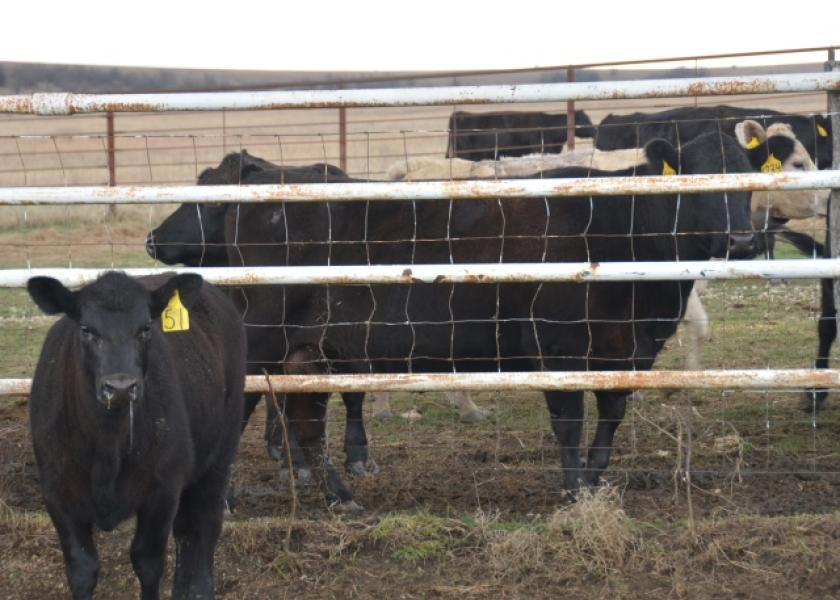Regardless of when and how many calves you will wean, methods of reducing stress on fresh weaned calves is of great interest to cattlemen and of benefit to cow-calf operations, says Mark Johnson, professor of animal and food science at Oklahoma State University. Traditional calf weaning methods often involve complete separation from their mothers by relocating them to new pastures or dry lot pens.
For cow-calf producers, the concept of “fenceline weaning,” is worth considering. A management approach that promotes fenceline contact between calves and dams for a minimum of four to ten days after weaning, fenceline weaning helps decrease stress in calves along with many other benefits outlined below.
For fenceline weaning to be successful, sturdy fences are required, allowing nose-to-nose interaction while preventing nursing. The primary goal of fenceline weaning is to facilitate social interaction between calves and dams while transitioning the calves from mother’s milk to other sources of nutrition.
Benefits of Fenceline Weaning:
Studies have demonstrated several advantages associated with fenceline weaning:
Reduced Vocalization and Movement: Calves exhibit fewer distress calls and reduced restlessness during the initial days after weaning.
Improved Rest and Feeding Behavior: Calves allocate more time to resting and feeding during the early post-weaning period.
Enhanced Weight Gain: Calves tend to gain more weight in the first few weeks following weaning.
Healthier Calves: Calves that consume more food and water immediately after weaning generally experience better overall health.
Best Practices for Successful Fenceline Weaning:
Maintain Cows and Calves in the Same Area: If feasible, keep the cows and calves in the same pasture or lot during weaning. This approach allows the calves to familiarize themselves with the locations of water sources, feed, and grazing areas.
Alternatively, if separation is necessary, position water troughs and feeders along the fenceline where both calves and cows will initially gather. This increases the likelihood of calves finding water and feed quickly, minimizing unnecessary perimeter fence walking.
Minimize Additional Stress: To avoid adding extra stress during weaning, such as castrating, dehorning, branding, or vaccinations, plan these procedures several weeks before or after the weaning process is complete.
Ensure Adequate Fencing: Adequate fencing is essential for successful fenceline weaning. A standard five-strand barbed wire fence is typically sufficient. If calves can still nurse through the fence, consider adding a single strand of electric fence offset from the main fence, possibly on both sides, to deter nursing.
Incorporating these best practices for fenceline weaning can help reduce stress for calves and improve the overall success of your cow-calf operation.
Source: Bovine Veterinarian








